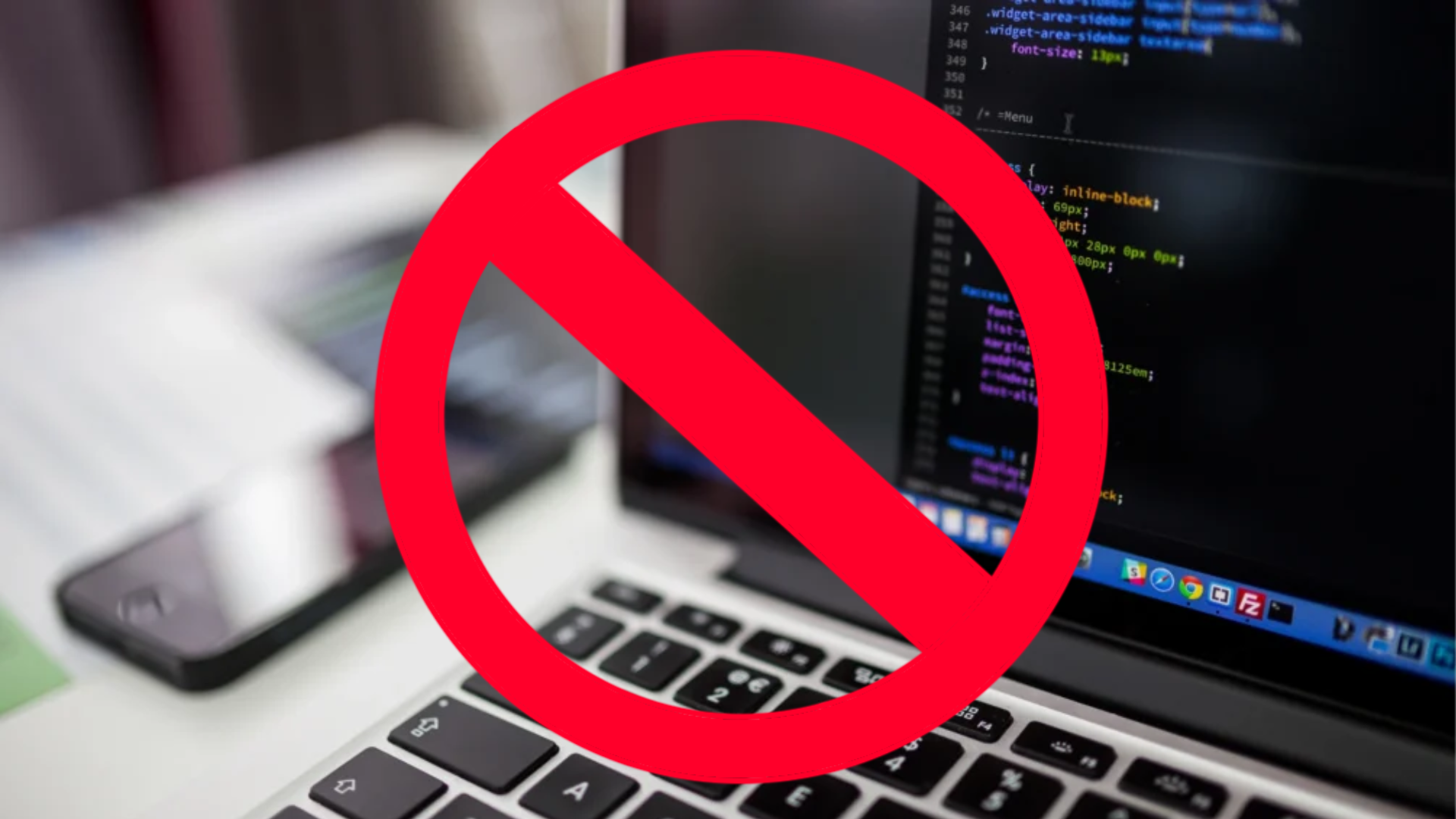Introduction
Once upon a time, building software or launching a digital product required knowing how to code—or at least having a developer on speed dial. Fast forward to today, and the landscape has shifted dramatically. The no-code revolution is here, and it’s changing the rules of the game for creators, entrepreneurs, and businesses of all sizes.
What Exactly Is No-Code?
No-code platforms are tools that allow people to build apps, websites, workflows, and even automate complex processes—without writing a single line of code. They use visual editors, drag-and-drop components, and pre-built templates, making the development process accessible to non-technical users.
Think Wix, Webflow, Airtable, Zapier, and Bubble. These platforms are becoming the modern-day toolbox for creators who want to move fast and make things without relying on developers.
Discover the full potential of no-code tools with this guide on no-code platforms that are changing the digital creation landscape.”
Why Is No-Code Gaining So Much Momentum?

There are a few powerful reasons why no-code is exploding right now:
- Speed to market: What used to take weeks or months can now be done in hours or days.
- Affordability: No need to hire expensive developers or agencies.
- Accessibility: Anyone with an idea and internet access can start building.
- Empowerment: Creators no longer need to wait or compromise. They can take action immediately.
No-code platforms are democratizing creation—putting power in the hands of individuals who once felt locked out of the tech world.
Real People, Real Impact
Freelancers are launching portfolios. Small business owners are setting up online stores. Nonprofits are streamlining operations. Even enterprise teams are turning to no-code solutions for internal tools and rapid prototyping.
Take Carrd, for example—a no-code platform that allows you to build beautiful landing pages. Or Notion, which lets you build everything from wikis to CRM systems, often without needing anything more technical than curiosity.
Not Just for Hobbyists Anymore
No-code isn’t just for side projects. Startups are building MVPs (minimum viable products), validating business ideas, and even raising funding off of products made entirely with no-code tools.
Companies are also using no-code to test ideas, launch internal tools, and improve workflows—without pulling developers off critical projects. It’s not about replacing developers. It’s about freeing them up to focus on the most impactful, complex challenges.
How It’s Shaping the Future of Tech
The rise of no-code represents more than just a trend—it’s a mindset shift. It’s about innovation without gatekeeping, and building solutions at the speed of thought. As AI and automation become more integrated with these platforms, we’re entering a world where everyone becomes a creator.
This shift is also reshaping job roles. Marketers are becoming automation specialists. Designers are launching web apps. Founders are validating startups without tech co-founders. The playing field is being leveled.
Are There Any Limitations?
Sure. No-code platforms may not be suitable for extremely complex, customized systems (yet). But for most business use cases—landing pages, CRMs, booking systems, eCommerce stores, etc.—they’re more than capable. And with low-code and AI-powered development on the rise, the boundaries are expanding rapidly.
Final Thoughts
The no-code movement isn’t about doing everything yourself—it’s about enabling action. It’s about testing ideas, moving fast, and taking control of your digital destiny.
If you’ve ever had a big idea but thought, “I’m not technical enough,”—this is your sign. The future of tech isn’t just for coders anymore. It’s for creators, dreamers, doers.
Want to learn more about tools and techniques to build without code? Check out our other blog posts on Website Accessibility and Powerful Features for a Website



